Following on from the easy meat filled dumplings we highlighted some time ago, here we go for a more traditional Chinese dumpling, Jiaozi, or you may know it by the slightly more familiar Japanese name, Gyoza. Sometimes colloquially called potstickers, depending on the cooking method.
The origin of Jiaozi is Chinese, and usually contains a combination meat and vegetables wrapped in a simple thin wheat flour dough.
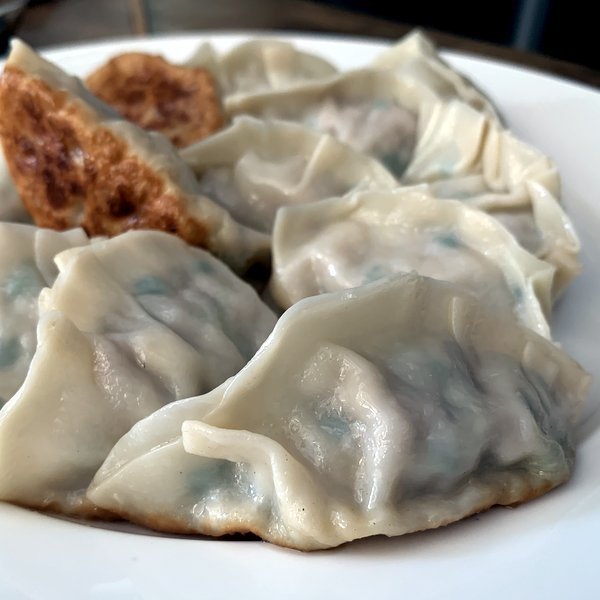 Like most dishes there is a history. An unverified version, but one I like, the origin of Jiaozi was created during the 2nd century in China by Zhang Zhongjing, the well known Chinese physician and apparent father of modern Chinese medicine. The good part of this story is that it was not for eating, it was for warming the frostbitten ears of his less affluent patients, apparently a factor in the familiar shape. Eating them was clearly a bonus. No real idea if this is true, I did do a quick search only to find a couple of references all seemingly referencing each other, but it is on Wikipedia, so must be true .. ?!?!?!?
Like most dishes there is a history. An unverified version, but one I like, the origin of Jiaozi was created during the 2nd century in China by Zhang Zhongjing, the well known Chinese physician and apparent father of modern Chinese medicine. The good part of this story is that it was not for eating, it was for warming the frostbitten ears of his less affluent patients, apparently a factor in the familiar shape. Eating them was clearly a bonus. No real idea if this is true, I did do a quick search only to find a couple of references all seemingly referencing each other, but it is on Wikipedia, so must be true .. ?!?!?!?
Gyoza, the Japanese version/translation of Jiaozi, was a recipe brought back from China, after the second world war, by returning soldiers. Gyoza is now a regular and fan favourite starter in many Japanese restaurants around the world.
Fillings vary, and can be a mix of meat and vegetable or vegetable only. If you hunt around you'll find plenty of traditional and non traditional filling options. Gyoza/Jiaozi can be pan fried, boiled, steamed or if you must, even deep fried. My personal preferences are pan fried or steamed. I imagine they could even be roasted or done in an air fryer, I'll have to try that at some point.
The filling recipe below is a combination of a few I've tried and (more importantly) for my family the basic ratios work for a flavour filled juicy pork and cabbage dumpling that lends itself to any cooking method and you can make a very simple dipping sauce to serve them with. Don't be concerned at the quantities as you can easily freeze the gyoza once made for cooking later.
Have a go, and let me know.

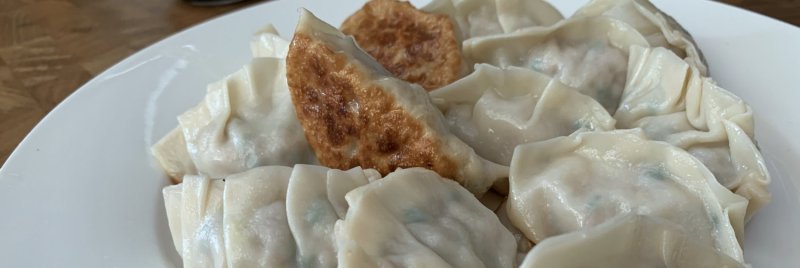
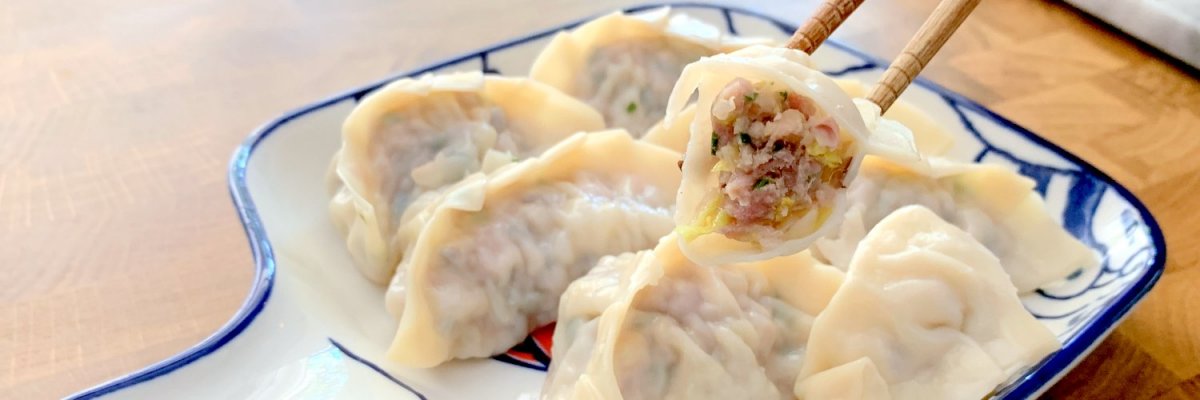
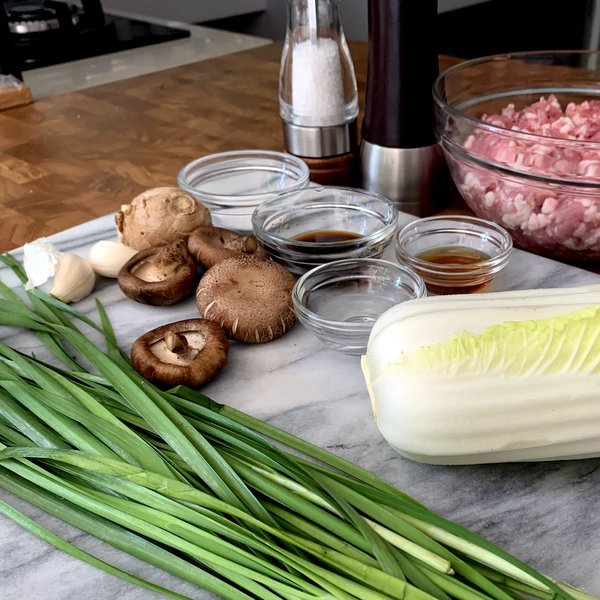 Ingredients
Ingredients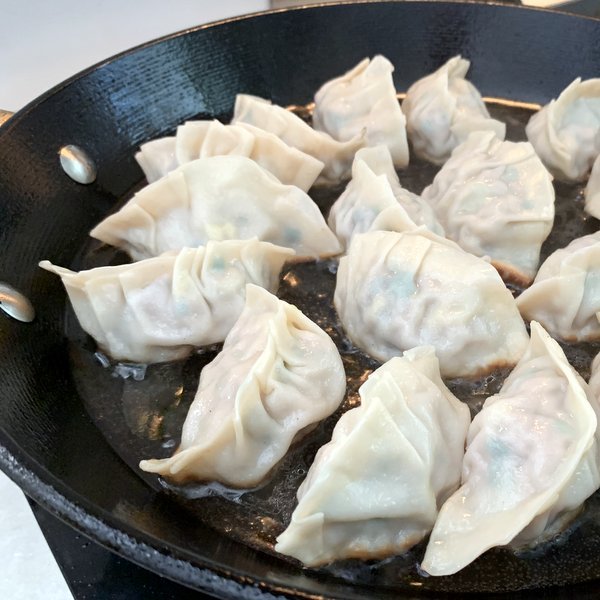 1. Pan Fried Potstickers
1. Pan Fried Potstickers 2. Boiled
2. Boiled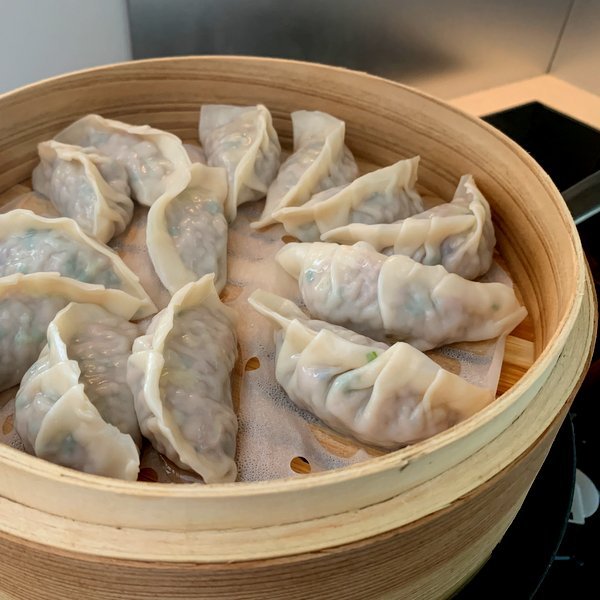 3. Steamed
3. Steamed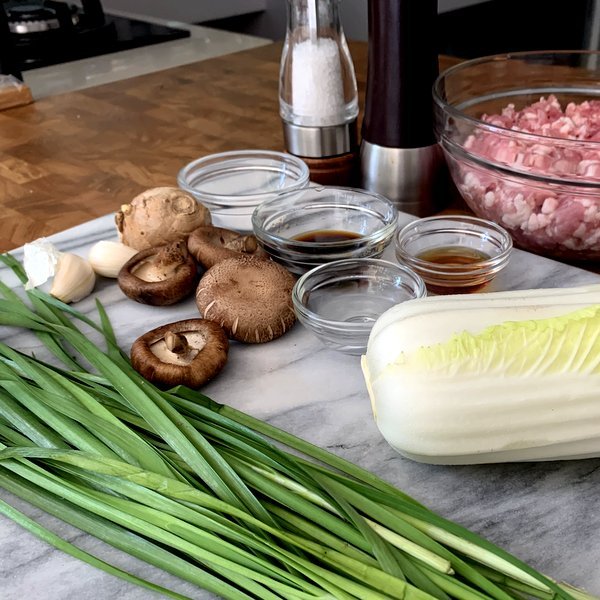

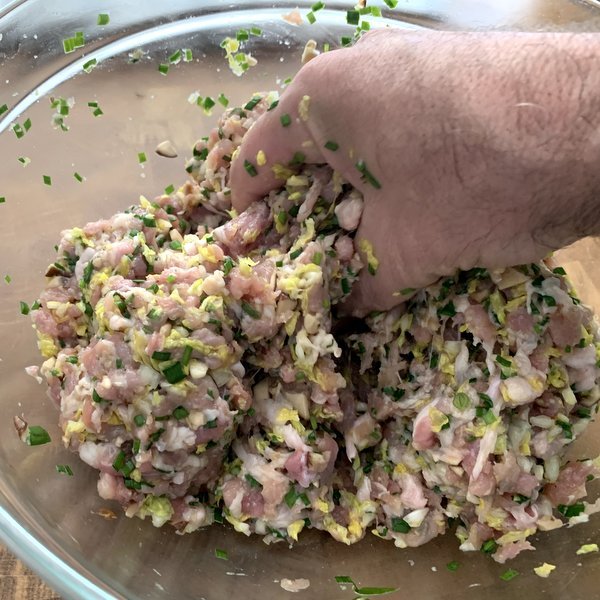
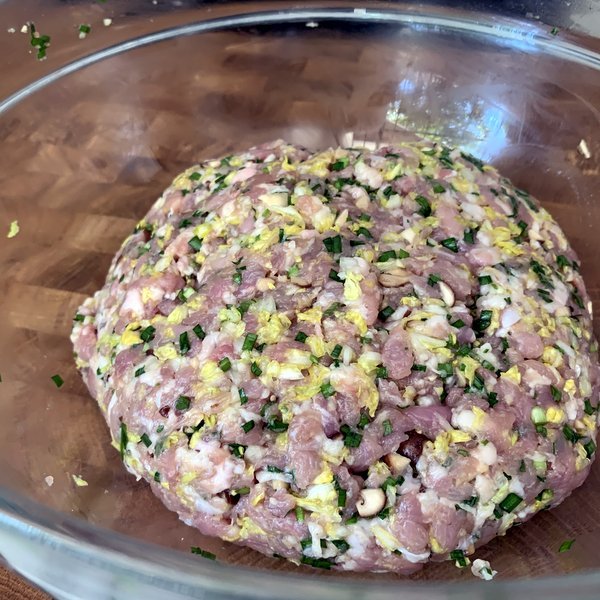

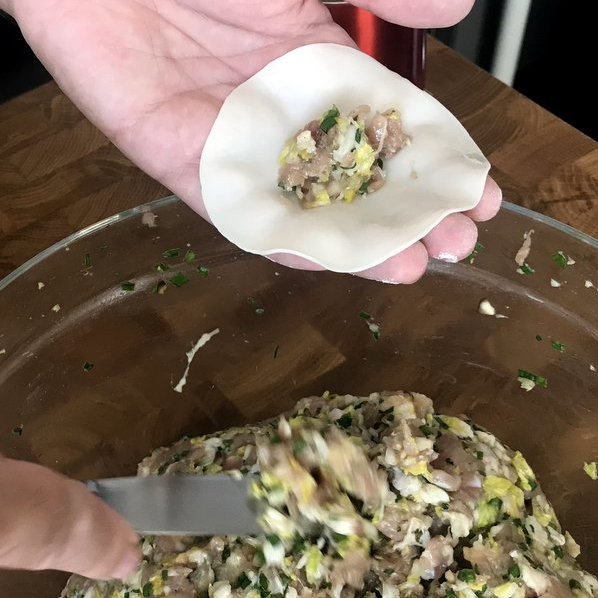
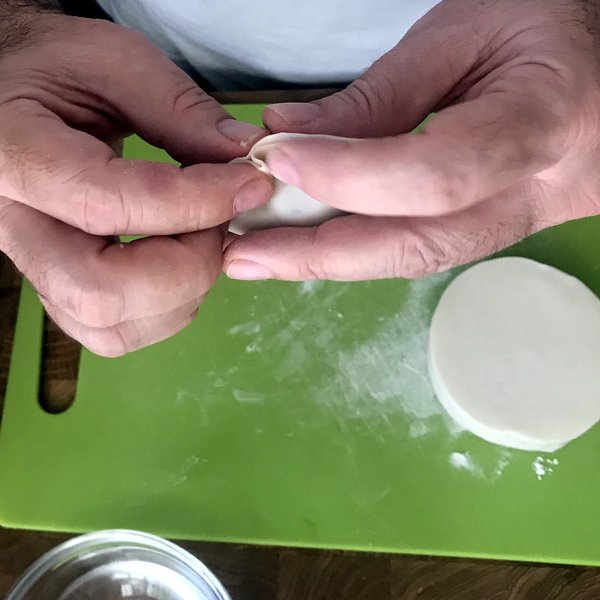


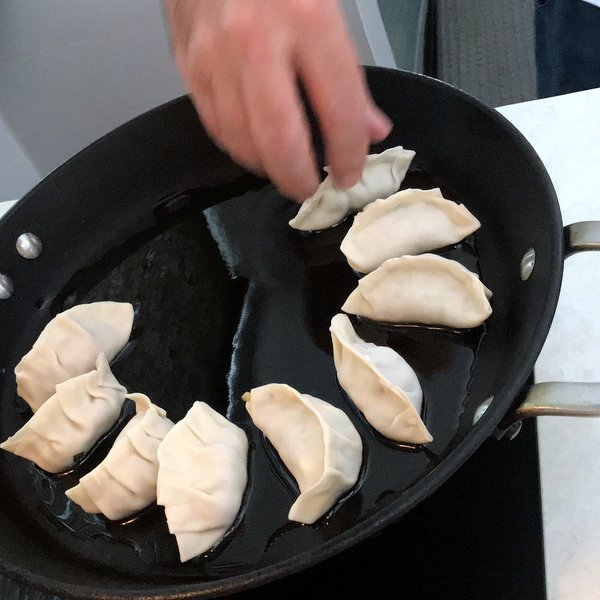


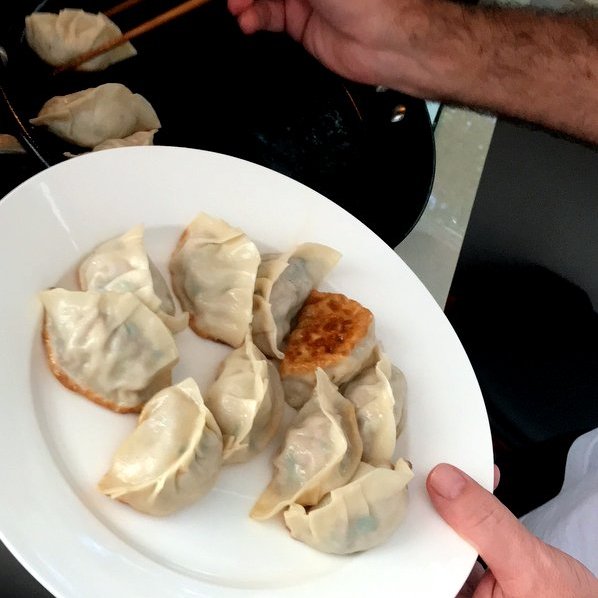
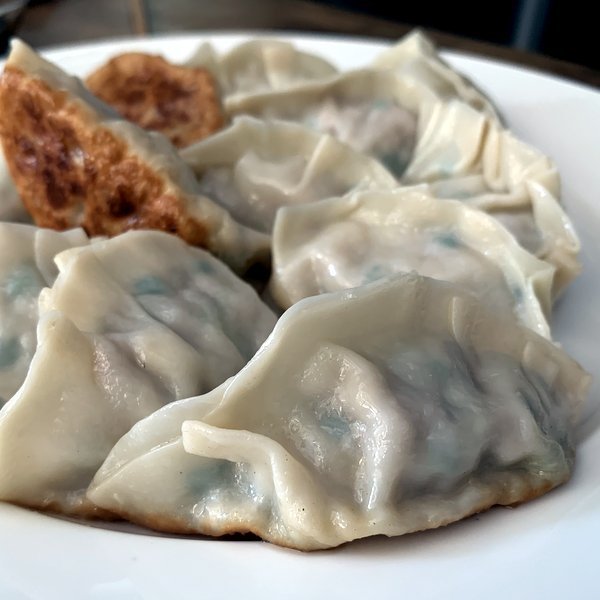
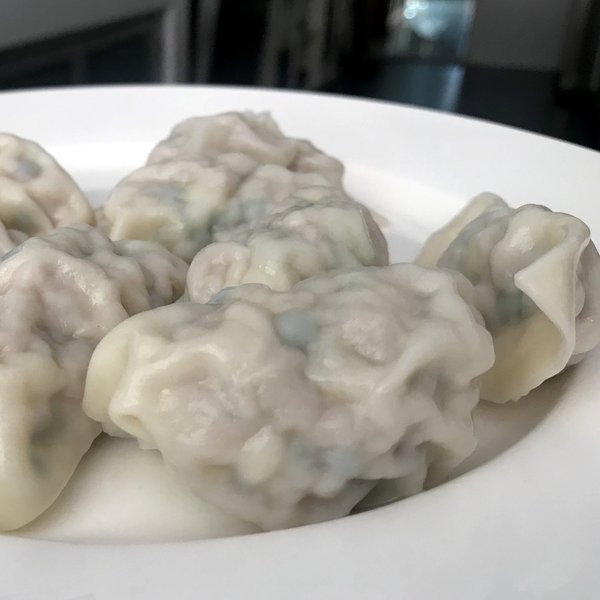


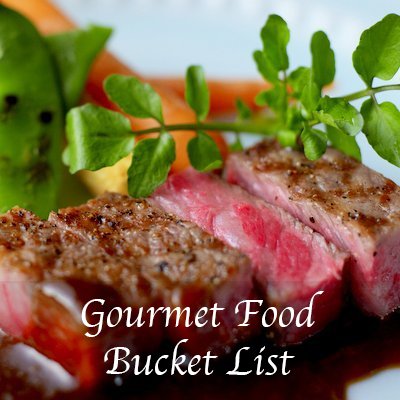

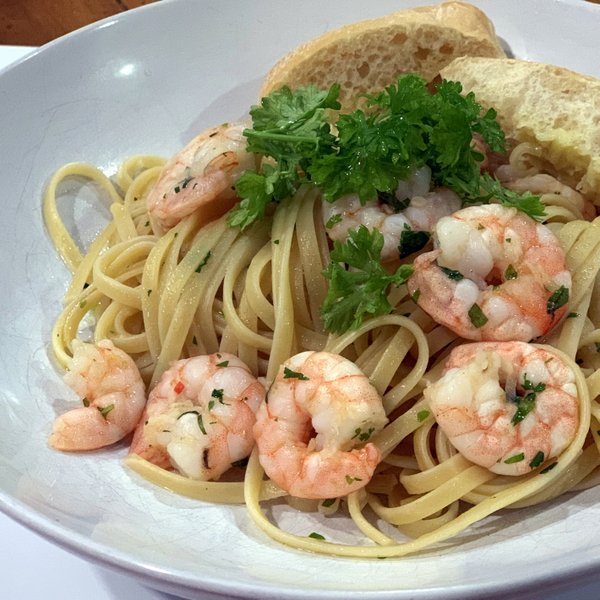
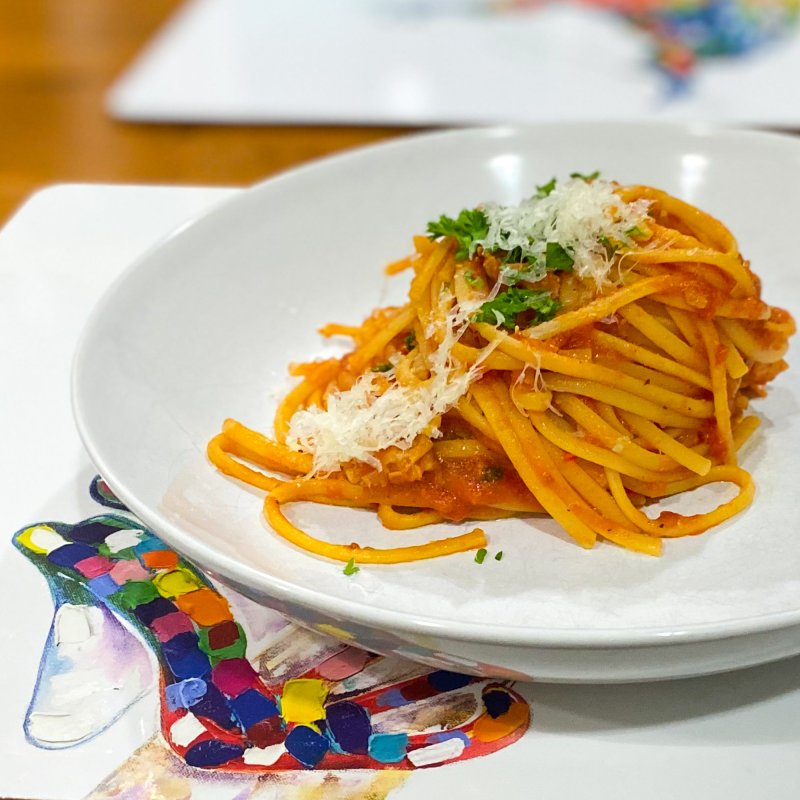
 © 2021 Cooking with Rich, 2021
© 2021 Cooking with Rich, 2021